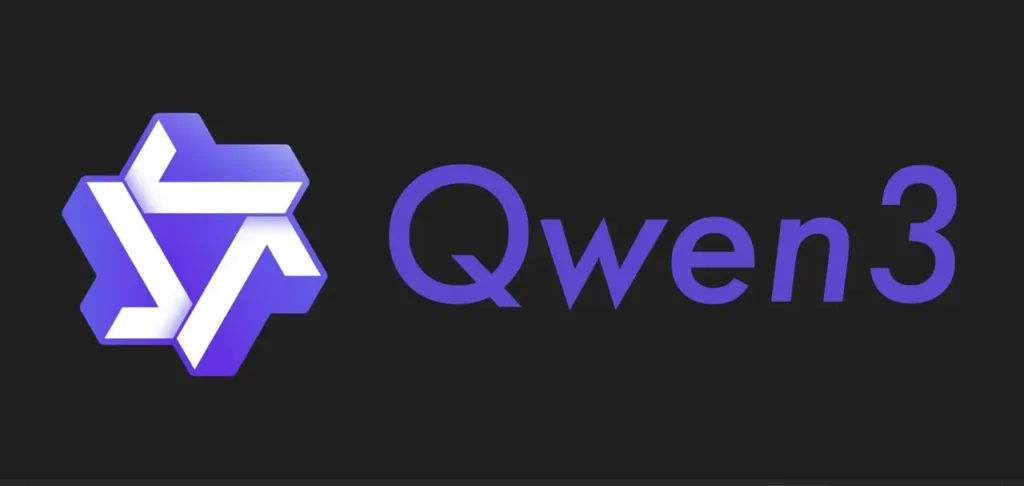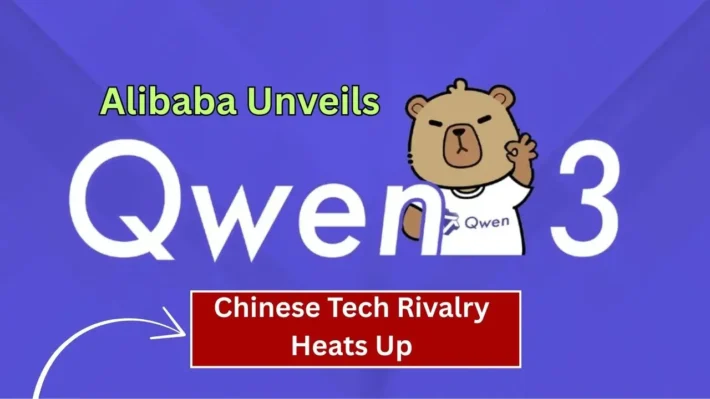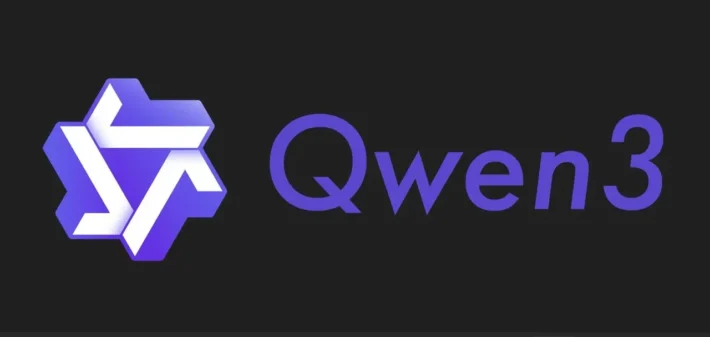Decoding Qwen3’s Training: A Deep Dive

The launch of Qwen3, Alibaba’s latest hybrid reasoning large language model (LLM), has once again reshaped the contours of AI research and application. Behind its remarkable capabilities lies a meticulously engineered training process that spans massive pre-training on diverse data, architectural innovations, and a multi-stage post-training pipeline. This article unpacks how Qwen3 trains, exploring each phase from raw-data ingestion to fine-tuning for reasoning and deployment, answering the key questions that drive its design and performance.
What data powers Qwen3’s pre-training?
Expanding token counts: from trillions to tens of trillions
Qwen3’s foundation is built on an unprecedented corpus—over 36 trillion tokens spanning more than 119 languages and dialects. This represents nearly double the token volume used in its predecessor, Qwen2.5, which trained on 18 trillion tokens. By scaling the data magnitude, Qwen3 ingests a richer tapestry of linguistic patterns, world knowledge, and domain-specific content.
Harnessing diverse data sources: web, PDFs, and synthetic content
To assemble this colossal dataset, Alibaba combined web crawls with PDF-like documents processed via Qwen2.5-VL, ensuring high-quality extraction of technical texts and academic materials. Moreover, targeted synthetic data generation—leveraging Qwen2.5-Math and Qwen2.5-Coder—augmented the corpus with millions of math problem solutions and code snippets, bolstering STEM and programming fluency.
How is Qwen3’s pre-training process structured?
Stage 1: Building foundational knowledge
In Stage 1 (S1), Qwen3 is trained on over 30 trillion tokens using a standard 4K-context Transformer backbone. This stage instills basic language understanding and general-domain knowledge, analogous to “learning the alphabet” for human literacy .
Stage 2: Enriching knowledge-intensive capabilities
Moving into Stage 2 (S2), the dataset is rebalanced to emphasize knowledge-intensive content—STEM texts, coding challenges, and reasoning tasks. An additional 5 trillion tokens are ingested, sharpening the model’s ability to tackle complex academic and technical problems.
Stage 3: Extending context length
Finally, a long-context pre-training stage leverages high-quality documents to stretch Qwen3’s native context window to 32K tokens, empowering it to process and reason over lengthy inputs such as research papers or multi-step instructions .
What architectural innovations enable Qwen3’s performance?
Dense vs. Mixture-of-Experts (MoE) models
Qwen3 offers both dense and Mixture-of-Experts (MoE) variants. Dense models range from 0.6B to 32B parameters, while MoE versions activate only a small fraction of experts (e.g., 8 out of 128) per token, slashing active compute by up to 90% without sacrificing performance.
Attention and normalization enhancements
Innovations such as per-head QK normalization and redesigned attention biases boost stability at scale. These refinements enable deeper models (up to 94 layers in Qwen3-235B-A22B) to converge efficiently, ensuring consistent gains with added capacity.
How does Qwen3 implement hybrid reasoning?
Thinking mode vs. non-thinking mode
A hallmark of Qwen3 is its hybrid reasoning:
- Thinking Mode: Engages chain-of-thought (CoT) reasoning, breaking problems into intermediate steps before producing a final answer.
- Non-Thinking Mode: Delivers swift responses without explicit intermediate reasoning.
Users can toggle modes via theenable_thinkingflag or inline tags (/think,/no_think), tailoring the inference to task complexity .
Controlling reasoning budgets
By allocating “computation budgets” to reasoning steps, Qwen3 ensures cost–quality balance. Harder tasks can trigger deeper reasoning (more compute), while simpler queries remain fast, offering fine-grained control over inference trade-offs .
What does Qwen3’s post-training pipeline involve?
Fine-tuning with chain-of-thought cold start
The first post-training stage fine-tunes Qwen3 on diverse long CoT data, spanning mathematics, logic puzzles, and coding problems. This “cold start” phase jumpstarts the model’s explicit reasoning abilities before reinforcement learning.
Reinforcement learning for reasoning
Stage 2 scales up compute for rule-based reinforcement learning (RL), using handcrafted reward functions to guide exploration of reasoning paths. This hones the model’s capacity to generate coherent intermediate steps without drifting off-task.
Thinking mode fusion and general RL
In Stage 3, reasoning and instruction-tuned data are merged—thinking mode fusion—to blend deep reasoning with general instruction following. Finally, Stage 4 applies RL across 20+ general-domain tasks (e.g., format adherence, agentic functions), correcting unwanted behaviors and polishing fluency.
How does Qwen3 differ from Qwen2.5?
While Qwen2.5 established Alibaba’s leadership in open LLMs, Qwen3 brings several pivotal enhancements:
| Feature | Qwen2.5 | Qwen3 |
|---|---|---|
| Parameter scales | Up to 72B (dense) | Up to 235B (MoE) + dense options |
| Context window | 16K tokens | 128K tokens (most variants) |
| Language coverage | 29 languages | 119 languages and dialects |
| Reasoning integration | Separate reasoning model | Unified thinking/non-thinking modes |
| Open-weight availability | Yes (Apache 2.0) | Yes (Apache 2.0) |
These upgrades translate into more versatile, accurate, and globally accessible models .
How is Qwen3 optimized for real-time deployment?
Beyond training, Qwen3’s engineering emphasizes low-latency inference and scalable deployment to support production-grade agents and copilots.
Hardware acceleration on Cerebras
Cerebras has demonstrated real-time reasoning with Qwen3-32B, delivering responses within 1.2 seconds—up to 60× faster than comparable reasoning models—by leveraging its wafer-scale engine and specialized inference kernels optimized for Qwen3’s architecture .
Cloud deployment and API readiness
Alibaba Cloud offers Qwen3 through its API suite, with auto-scaling GPU clusters and inference-optimized CPU nodes. Developers can fine-tune and deploy Qwen3 variants using built-in LoRA support to reduce resource consumption, making large-scale AI services cost-effective and accessible.
How Can Developers Leverage Qwen3?
Alibaba has released Qwen3 under the Apache 2.0 license, inviting the global research community and enterprise developers to adopt, adapt, and extend the model family for specialized applications.
What Variants Are Available?
- Dense Models (0.6B, 3B, 22B, 32B)
Ideal for on-premise deployments and edge scenarios, these variants deliver robust capabilities with straightforward integration. - MoE Models (235B total parameters; 22B active)
Designed for high-throughput cloud services, these larger configurations offer maximal reasoning depth and multilingual fluency with optimized resource utilization.
How Do API and On-Premise Options Differ?
Developers can choose between:
- Alibaba Cloud API: A managed endpoint with autoscaling, enabling rapid prototyping and global distribution.
- Self-Hosted Deployment: Docker containers and Kubernetes manifests are provided, facilitating compliance-heavy scenarios where data residency and security are paramount .
- CometAPI: Developers can access Qwen 3 API through CometAPI. CometAPI provides a unified REST interface that aggregates hundreds of AI models.
What Community and Ecosystem Support Exists?
- Open-Source Repository: The Qwen GitHub hosts model weights, training scripts, and fine-tuning toolkits, encouraging community-driven innovation.
- Prebuilt Integrations: Plugins for popular ML frameworks (TensorFlow, PyTorch) and third-party platforms (LangChain, Hugging Face) accelerate time to value.
- Research Collaboration: Alibaba has published the full Qwen3 technical report on arXiv, offering transparency into architectural decisions and training methodologies .
Through massive, multi-stage pre-training, architectural breakthroughs, and a sophisticated post-training pipeline, Qwen3 achieves a new benchmark in hybrid reasoning. Its flexible thinking modes, efficient MoE variants, and rich deployment ecosystem position it at the forefront of open-source AI, empowering researchers and developers to build the next generation of intelligent agents.
Getting Started
CometAPI provides a unified REST interface that aggregates hundreds of AI models—under a consistent endpoint, with built-in API-key management, usage quotas, and billing dashboards. Instead of juggling multiple vendor URLs and credentials.
Developers can access Qwen 3 API through CometAPI.To begin, explore the model’s capabilities in the Playground and consult the API guide for detailed instructions. Before accessing, please make sure you have logged in to CometAPI and obtained the API key.



